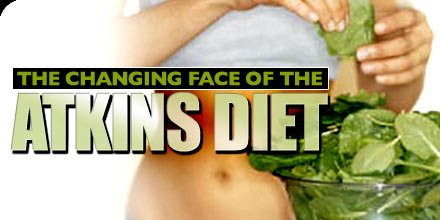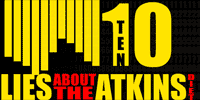Eat plenty of high-fiber foods—that is, fruits, vegetables, beans, and whole grains. These are the "good" carbohydrates—nutritious, filling, and relatively low in calories. They should supply the 20 to 30 grams of dietary fiber you need each day, which slows the absorption of carbohydrates, so there’s less effect on insulin and blood sugar, and provides other health benefits as well. Such foods also provide important vitamins, minerals, and phytochemicals (plant chemicals essential to good health).
Make sure to include green, orange, and yellow fruits and vegetables—such as broccoli, carrots, cantaloupe, and citrus fruits. The antioxidants and other nutrients in these foods may help protect against developing certain types of cancer and other diseases. Eat five or more servings a day.
Limit your intake of sugary foods, refined-grain products such as white bread, and salty snack foods. Sugar, our No.1 additive, is added to a vast array of foods. Just one daily 12-ounce can of soda (160 calories) can add up to 16 pounds over the course of a year. Many sugary foods are also high in fat, so they’re calorie-dense.
Cut down on animal fat. It’s rich in saturated fat, which boosts blood cholesterol levels and has other adverse health effects. Choose lean meats, skinless poultry, and nonfat or low-fat or nonfat dairy products.
Cut way down on trans fats, supplied by hydrogenated vegetable oils used in most processed foods in the supermarket and in many fast foods.
Eat more fish and nuts, which contain healthy unsaturated fats. Substitute olive or canola oil for butter or stick margarine.
Keep portions moderate, especially of high-calorie foods. In recent years serving sizes have ballooned, particularly in restaurants. Choose a starter instead of an entrée, split a dish with a friend, and don’t order supersized anything.
Keep your cholesterol intake below 300 milligrams per day. Cholesterol is found only in animal products, such as meats, poultry, dairy products, and egg yolks.
Eat a variety of foods. Don't try to fill your nutrient requirements by eating the same foods day in, day out. It is possible that not every essential nutrient has been identified, and so eating a wide assortment of foods helps to ensure that you will get all the necessary nutrients. In addition, this will limit your exposure to any pesticides or toxic substances that may be present in one particular food.
Maintain an adequate calcium intake. Calcium is essential for strong bones and teeth. Get your calcium from low-fat sources, such as skim milk and low-fat yogurt. If you can't get the optimal amount from foods, take supplements.
Try to get your vitamins and minerals from foods, not from supplements. Supplements cannot substitute for a healthy diet, which supplies nutrients and other compounds besides vitamins and minerals. Foods also provide the "synergy" that many nutrients require to be efficiently used in the body.
Maintain a desirable weight. Balance energy (calorie) intake with energy output. Exercise and other physical activity are essential.






